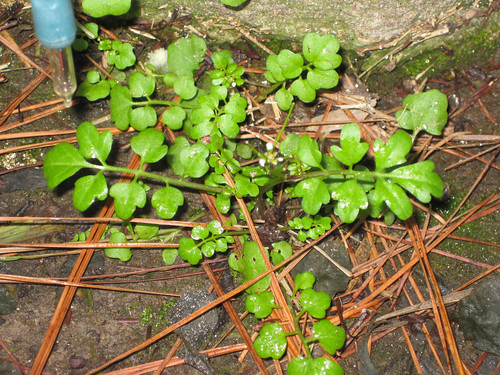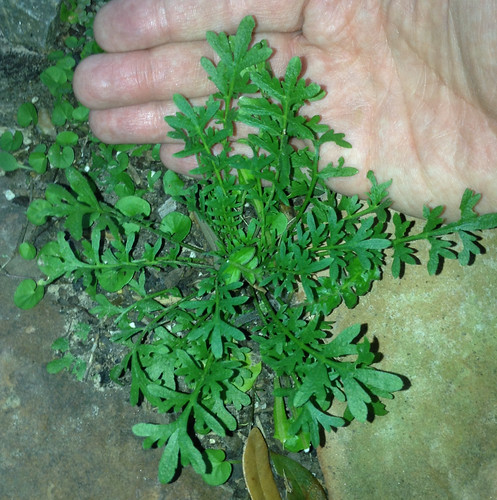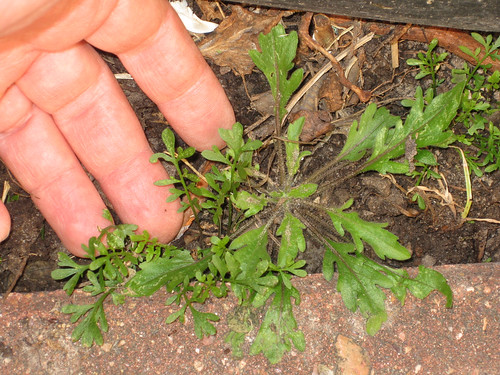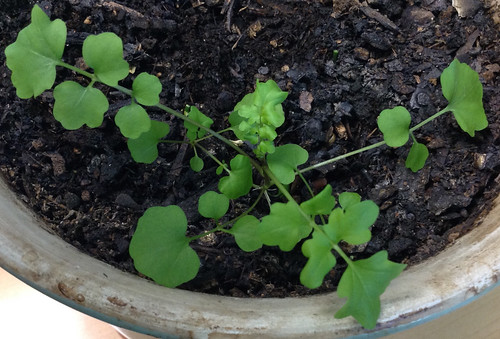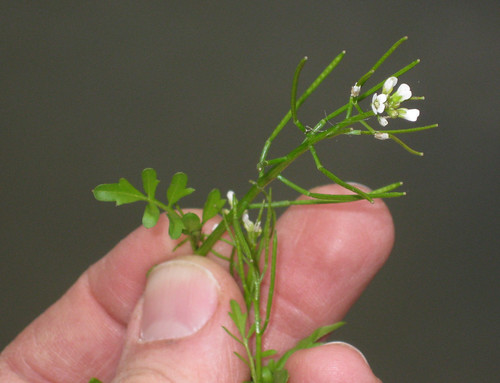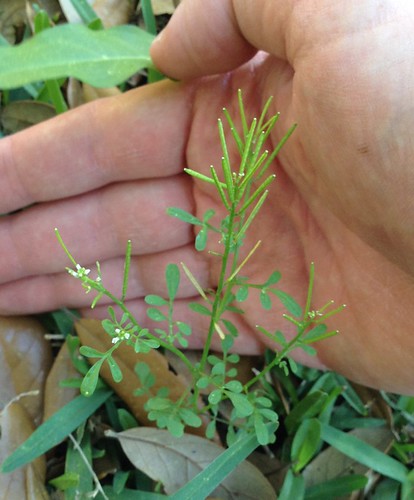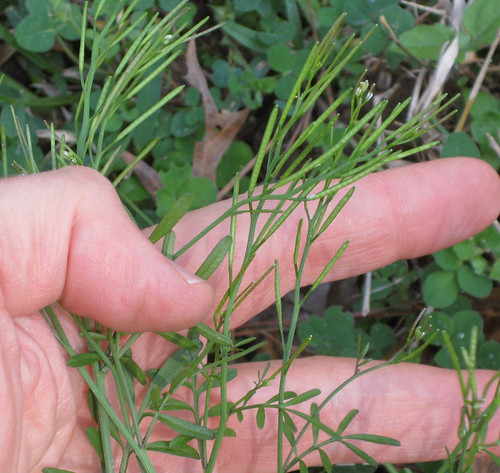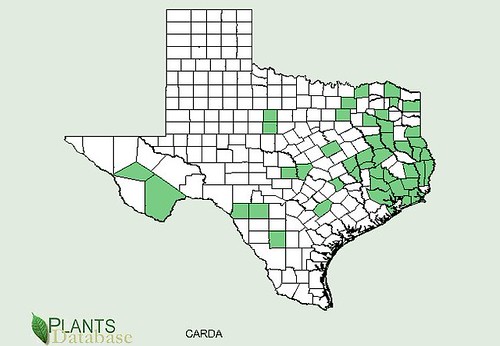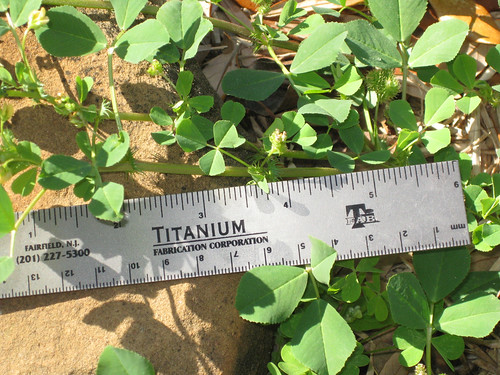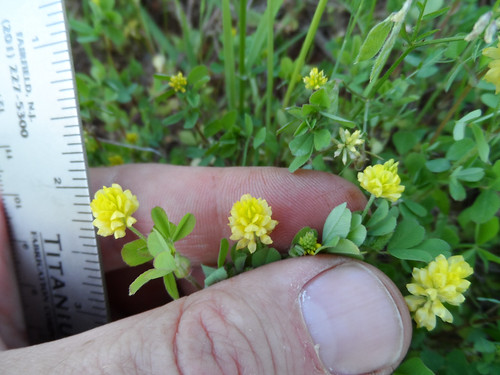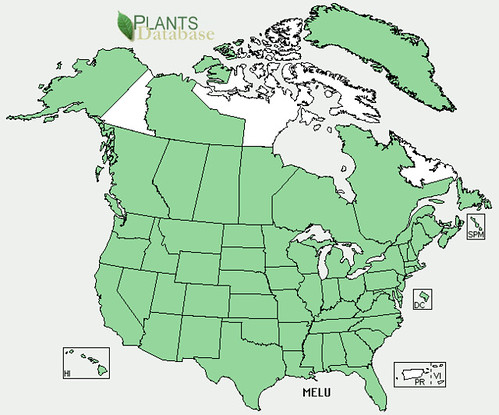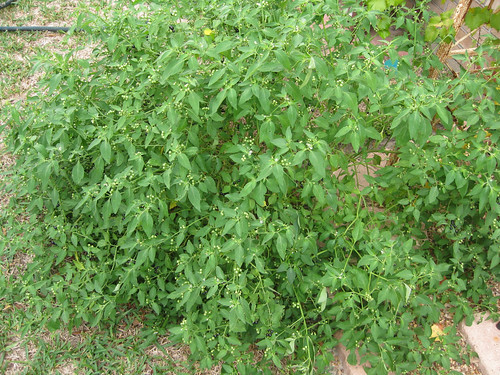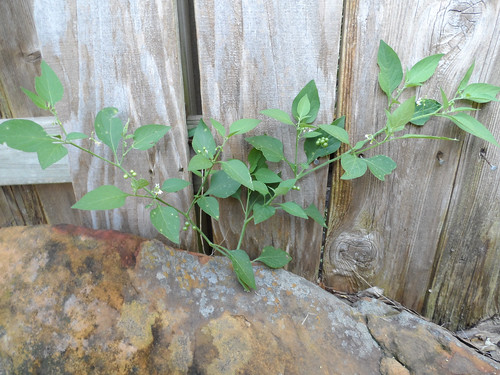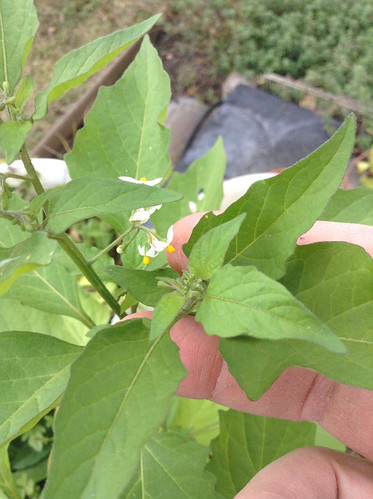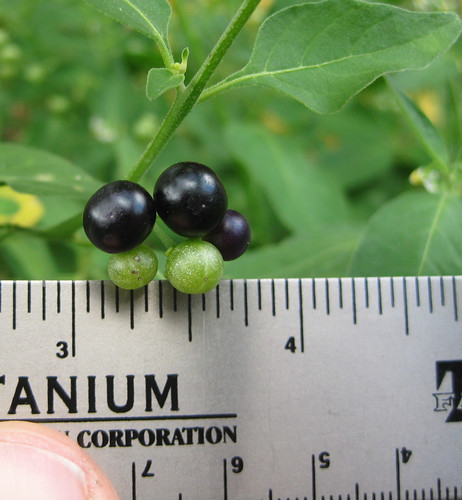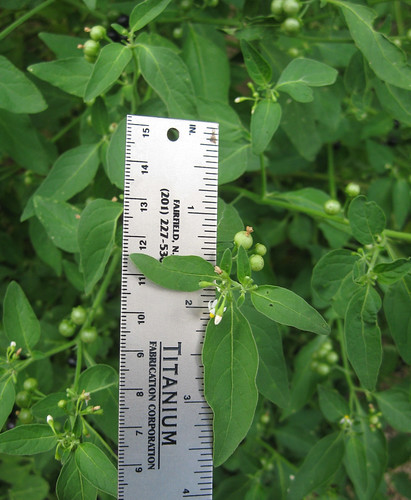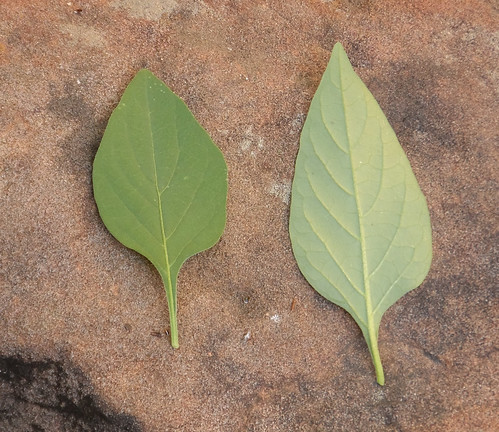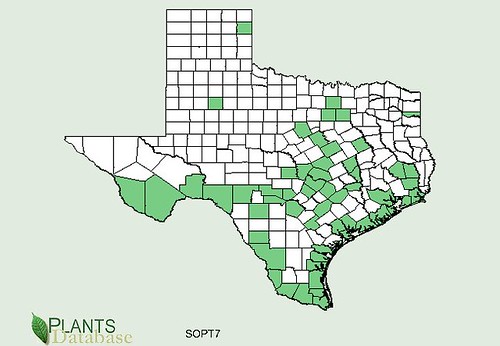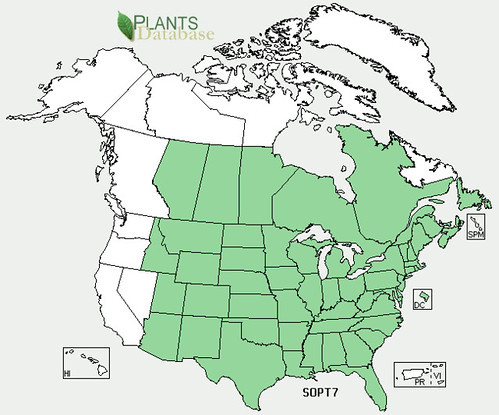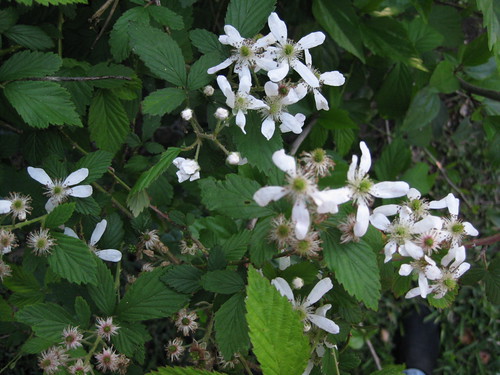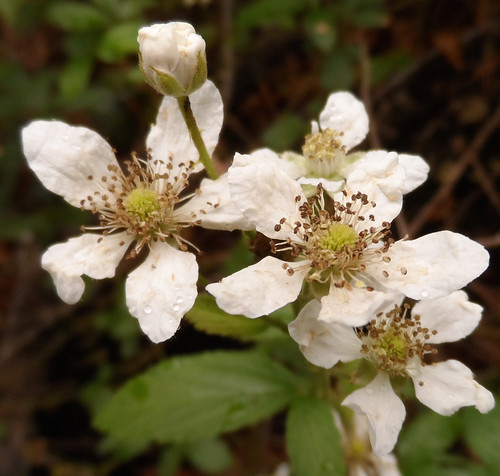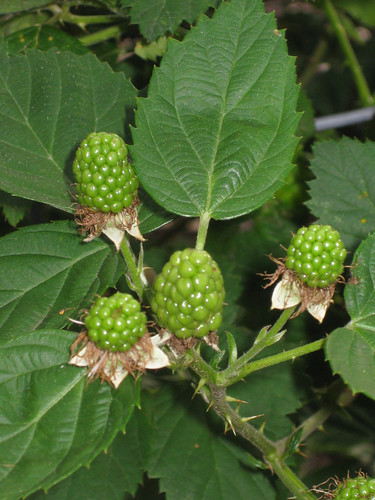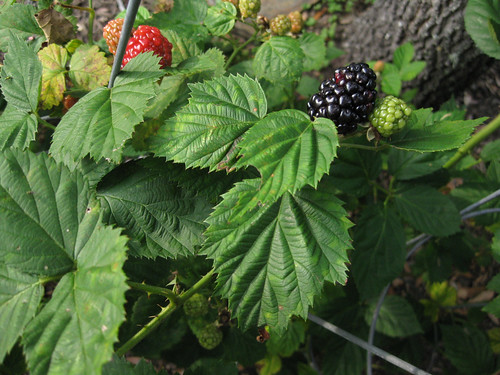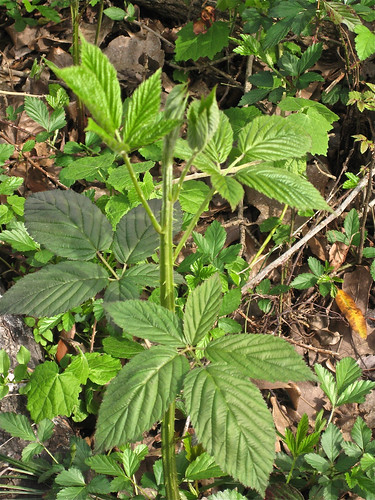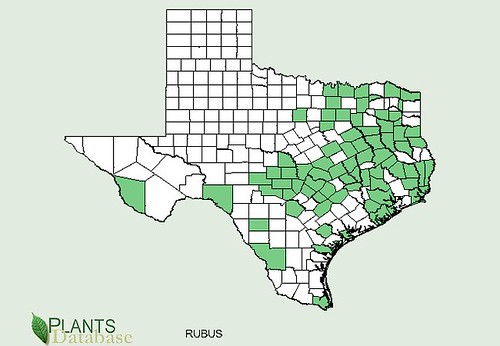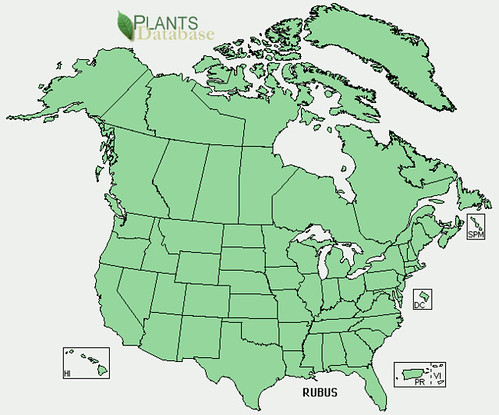Abundance: common
What: tubers, leaves, stems
How: tubers raw, cooked, or pickled; leaves & stems in tea or smoked; leaves in salad
Where: shady undergrowth, lawns
When: during cool seasons, especially winter
Nutrional value: calories from tuber, antioxidants in leaves,
Dangers: plants can reproduce from even small section of tuber making them invasive
Medicinal Summary:
Leaves/Stems/Flowers - hemostatic; reduces cold symptoms; reduces bronchial issues; improves digestion; soothes skin inflammations (tisane, smoke, poultice)
Young plant and immature tubers
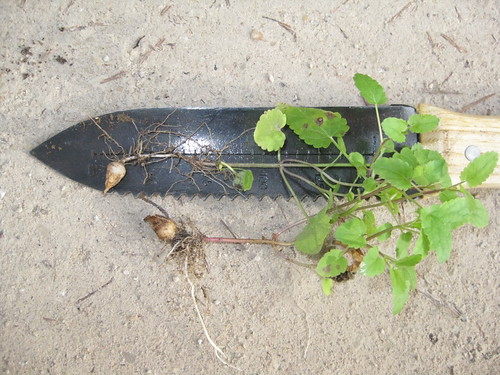
Plant and edible tuber
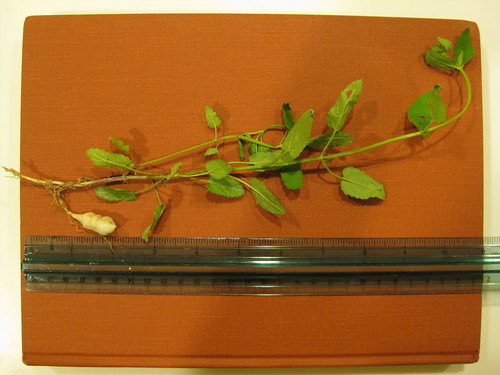
Mature plant after it dropped its flowers in the spring.
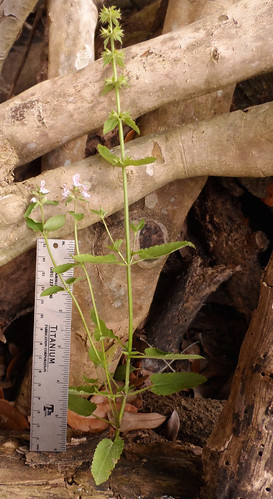
Betony patch (plants with the purple flowers are betony)
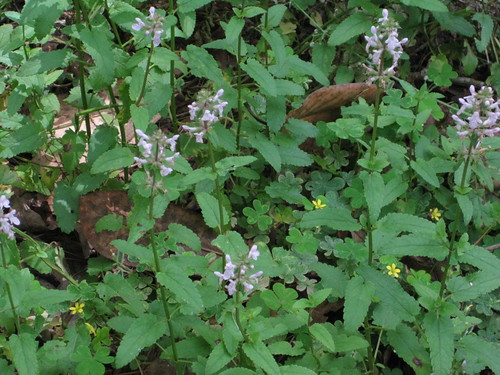
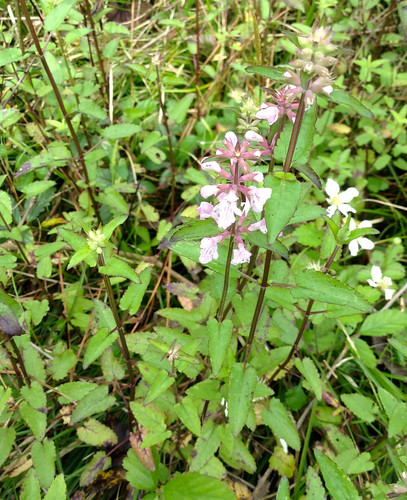

Close-up of betony flowers.
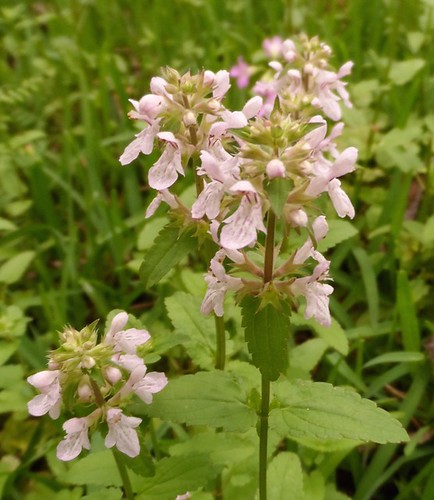
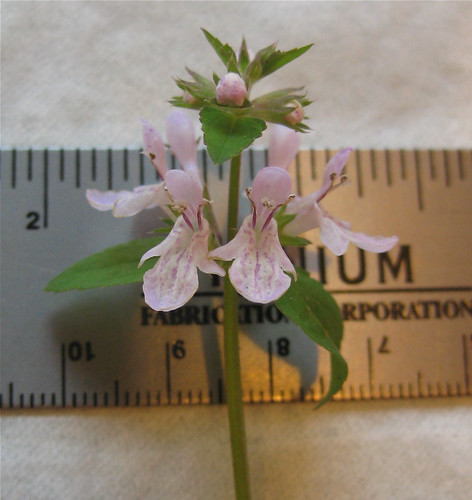
Close-up of betony tubers. The tubers will be this large in the spring and summer.

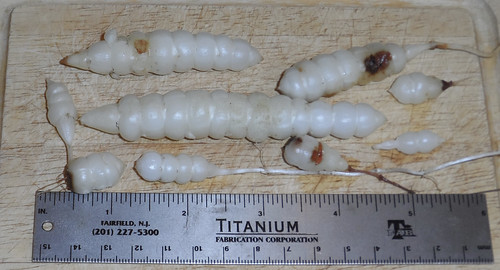
Close-up of betony leaf. Note the square stem and the alternating, opposite leaf arrangement. These are signs of the mint family.

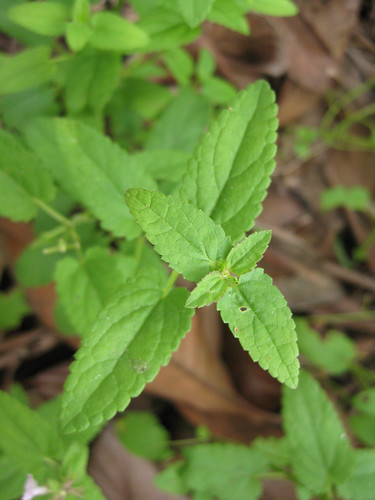
If you have a cold, sell your coat and buy betony!
-Italian proverb
North American distribution, attributed to U. S. Department of Agriculture.
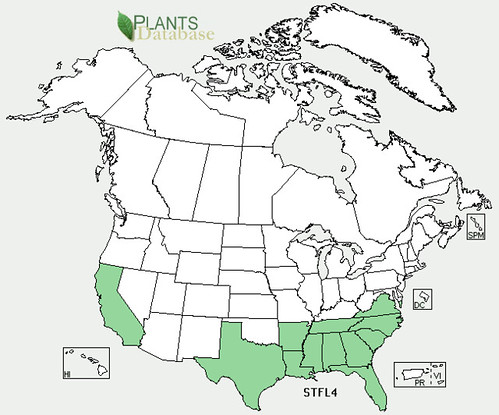
Texas distribution, attributed to U. S. Department of Agriculture. The marked counties are guidelines only. Plants may appear in other counties, especially if used in landscaping.
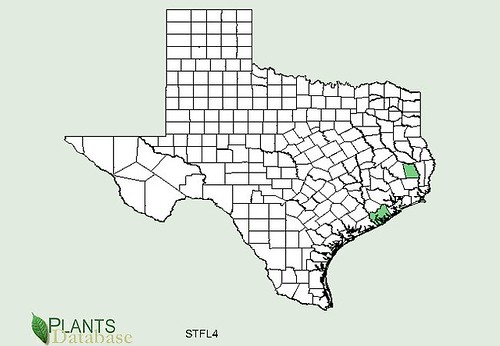
This map is VERY incomplete. Betony appears all through Gulf & East Texas.
Large patches of betony plants can be found in local forest from mid-fall until mid/late spring. During this time the tubers are growing, reaching full size of over four inches long. Not every plant produces a tuber, you need to dig up quite a few to find them. The looser the soil the bigger the tubers will grow. These plants readily reproduce from bits of tubers and roots and so are considered to be invasive.
Betony flowers in the spring and this is a sign the plant is almost done for the year. You can eat the flowers or make a tea from them but they don't have the strong medicinal properties of the younger leaves. Usually by the time the flowers appear it's too late to harvest betony leaves.
Betony has a long history of being an herbal "magic bullet" capable of curing many ills. It's high tannic acid content helps it staunch bleeding; assorted alkaloids and antioxidants supposedly give relief from fevers and headaches along with improving overall blood circulation. In Europe it is believed to help with issues with the stomach, liver and gallbladder. It was ingested as a tea, herb, and also by both smoking and as snuff well before the arrival of tobacco.
Buy my book! Outdoor Adventure Guides Foraging covers 70 of North America's tastiest and easy to find wild edibles shown with the same big pictures as here on the Foraging Texas website.


